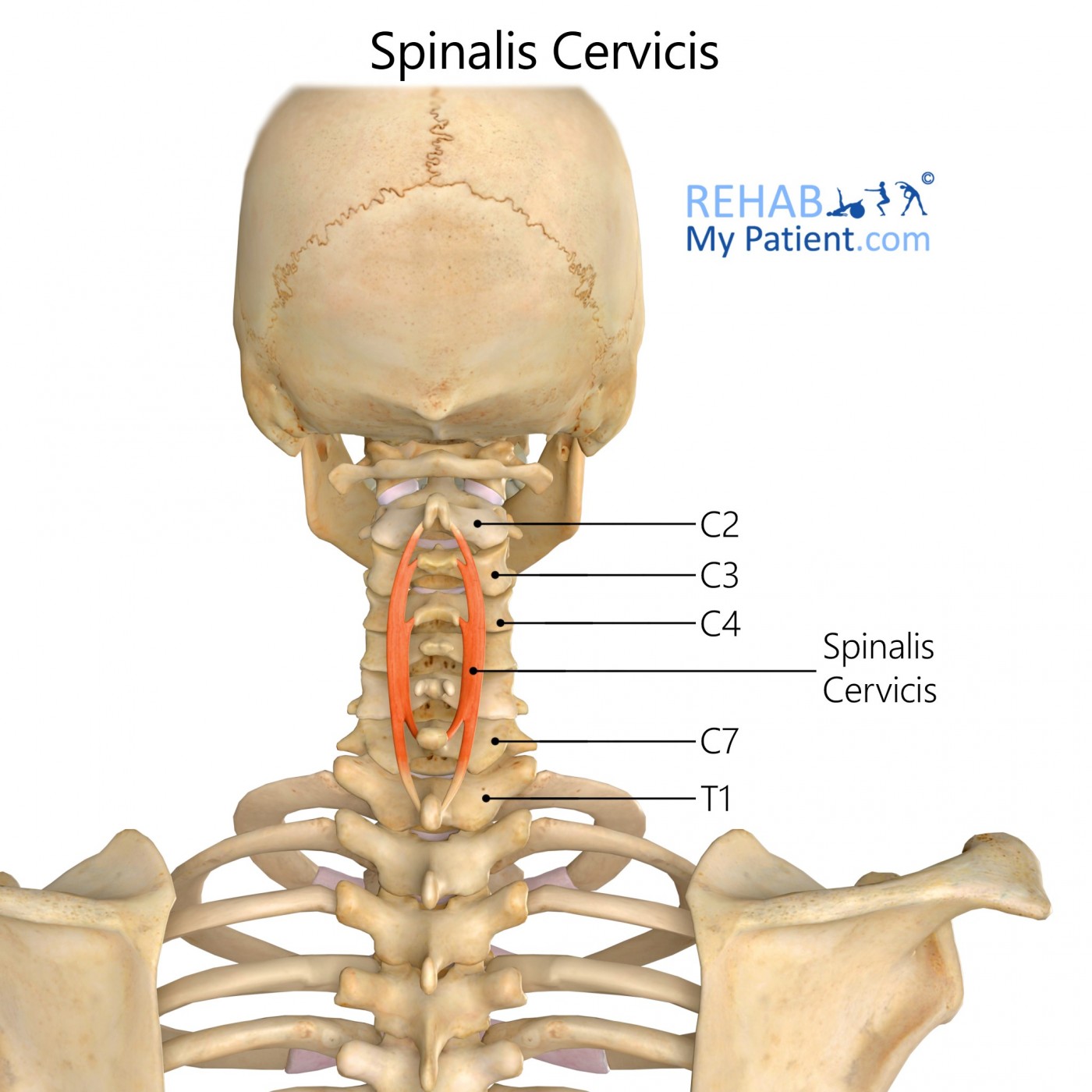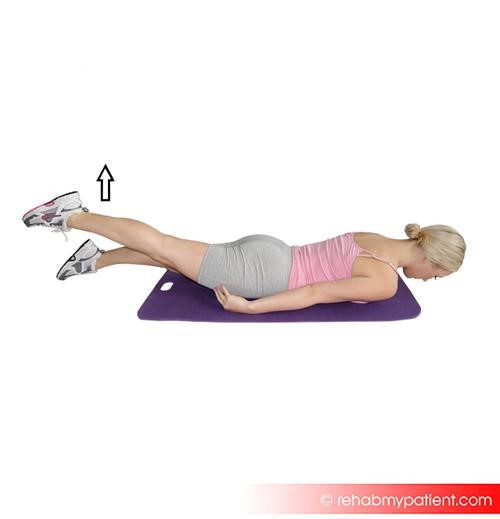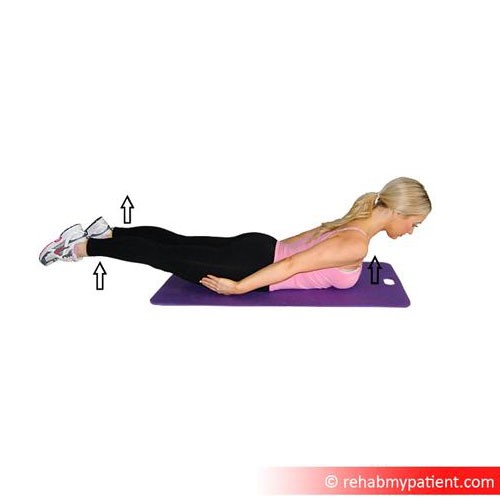
General information
This inconstant muscle arises from the lower portion of the ligamentum nuchae, the spinous process from the seventh cervical, and at times from the spinous process of the first and the second thoracic vertebrae. It is inserted through the spinous process of the axis and sometimes into the spinous processes of the two cervical vertebrae that lie below it.
Literal meaning
Thorn neck.
Interesting information
Various activities can attribute to an injury of the spinalis cervicis such as whiplash, cervical collar, stress, a blow to the back of the head, and hunching shoulders up due to stress. Common symptoms of pain that are associated with an injury to the spinalis cervicis are headaches, a tenderness in the base of the neck or head, a tingling or burning sensation in the scalp or pain within the back portion of the upper neck that extends up to the back part of the head.
Origin
Lower portion of the ligamentum nuchae from C4-C6 and the spinous process of C7-T2.
Insertion
Sides of the spinous processes for C2-C3.
Function
Aids in extending the vertebral column.
Nerve supply
Dorsal rami in the thoracic and cervical spinal nerves C4-T1.
Blood supply
Dorsal branches of the posterior intercostals arteries extending from the thoracic aorta.

Relevant research
A sagittal plane mathematical model was created to help stimulate the muscular response for the cervical spine during periods of static loading. In this particular model, the moments that were due to the weight of the neck and head and the effects of any external forces were balanced by the forces generated internally from the ligaments, muscles and intervertebral joints.
Possible combinations of ligament and muscle tension were graded against a mathematical objective that contained the stress that was experienced by every joint that was subjected to any equality or inequality constraints. Using this problem formulation, a unique solution producing a minimum amount of stress at the intervertebral joints was determined.
Electromyographic measurements were calculated from all of the volunteers who pulled with their head to combat the resistance. Results that the model generated for the superficial neck muscles were matched to the electromyographic activity.
Helleur, C., Gracovetsky, S., Farfan, H., and Wingrowca, E., (1985). “Modeling of the Muscular Response of the Cervical Spine.” Vol. 6, Is. 5, 443-462.
Spinalis cervicis exercises
Back strengthener
Lie on the stomach with the forehead on the floor and the arms at the sides. Take a breath in as the left leg is lifted off the floor. Make sure to keep the legs straight. Hold the position for three to five seconds. Return to the starting position while letting the breath out. Repeat the same procedure for the right leg. Repeat the exercise for two more times per side while alternating legs. While keeping the forehead on the floor, stretch the arms in front of the body. While breathing in, lift the arms, legs and head. Make sure the legs remain straight. Hold the position for three seconds. While breathing out, return to starting position. Repeat the exercise two more times.


Sign Up
Sign up for your free trial now!
Get started with Rehab My Patient today and revolutionize your exercise prescription process for effective rehabilitation.
Start Your 14-Day Free Trial